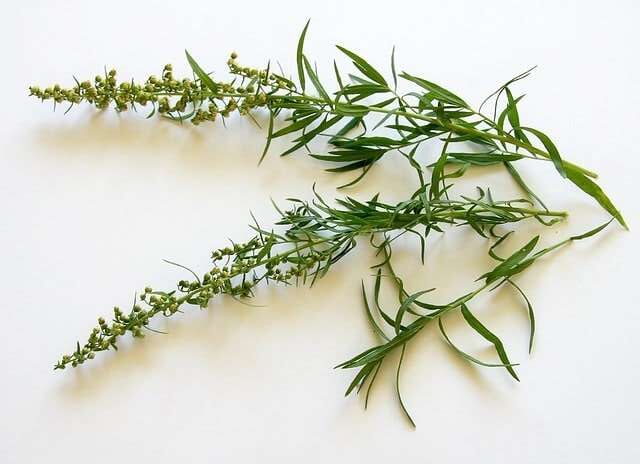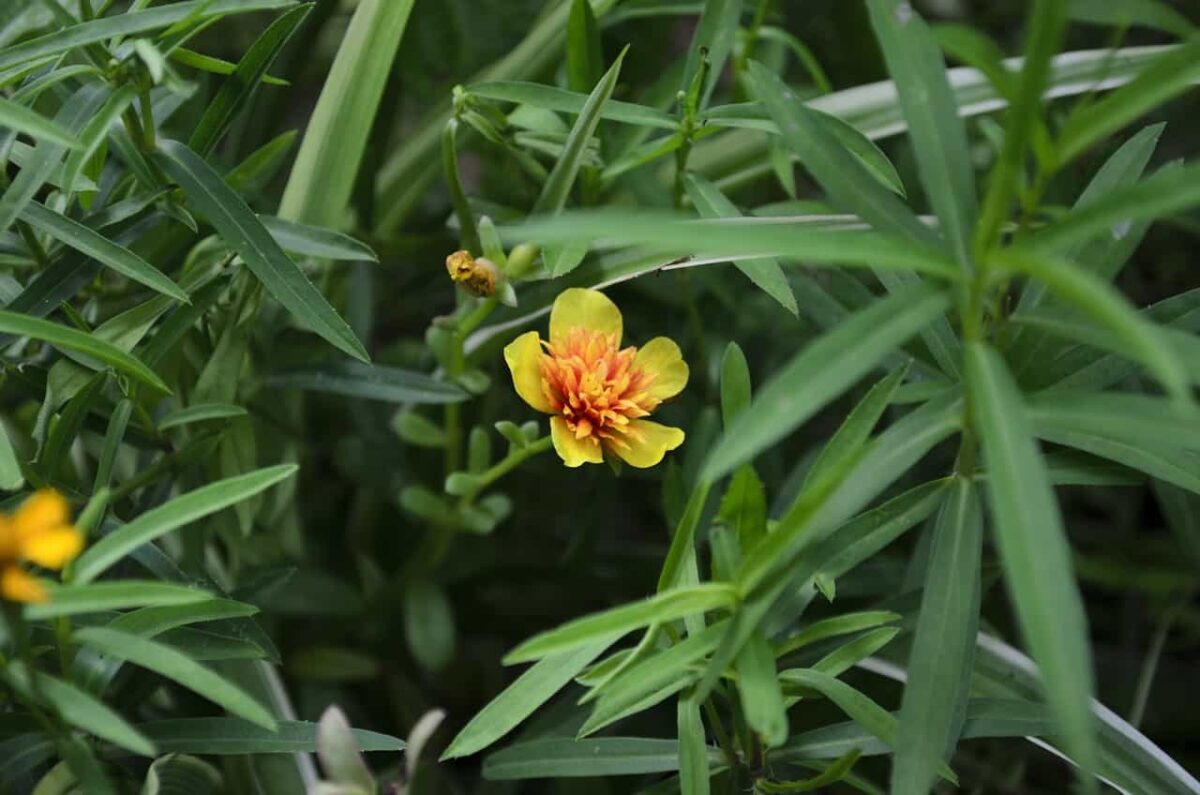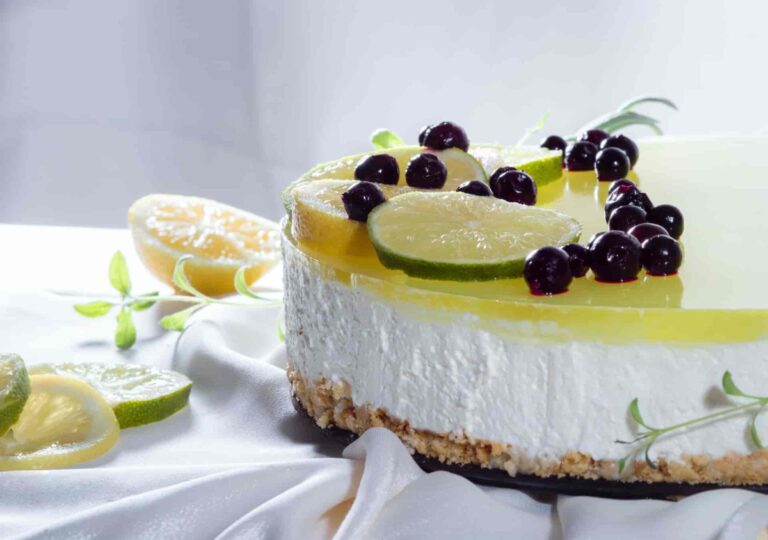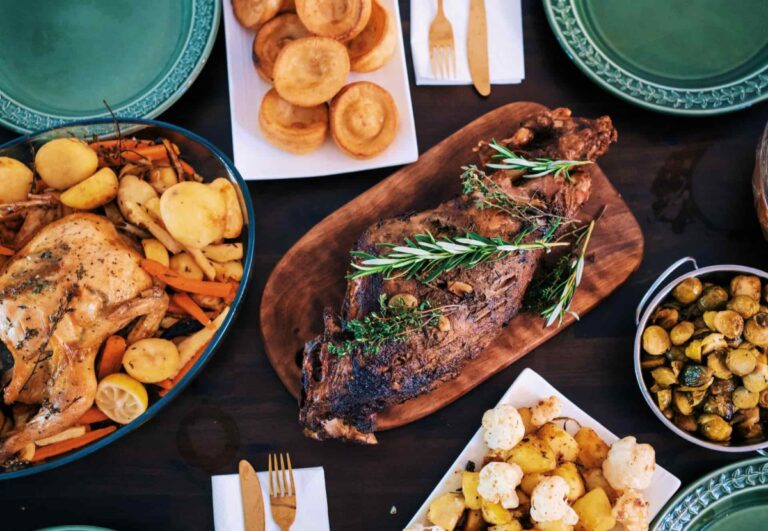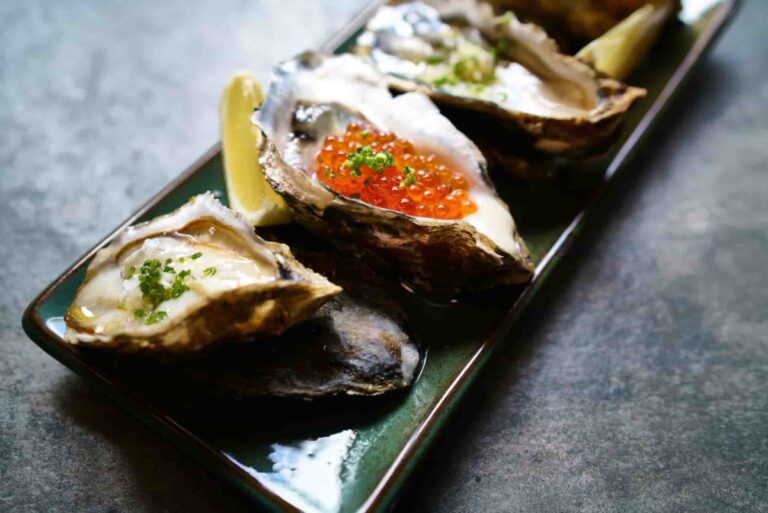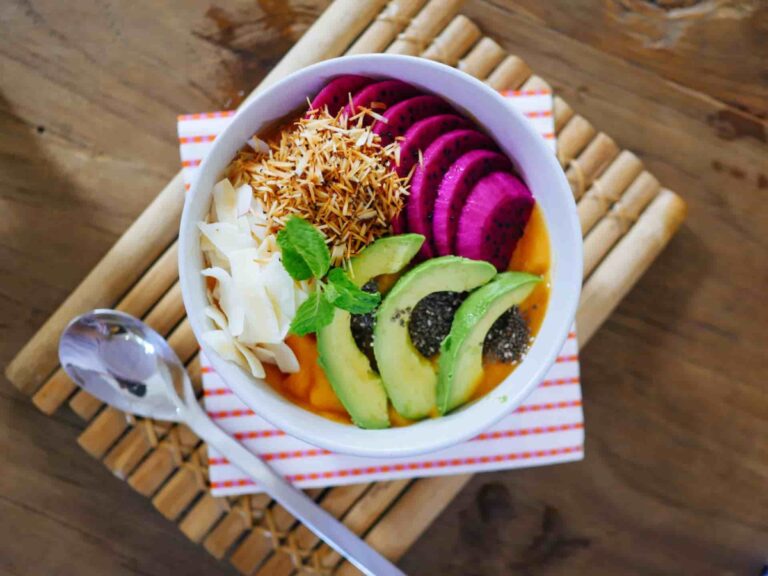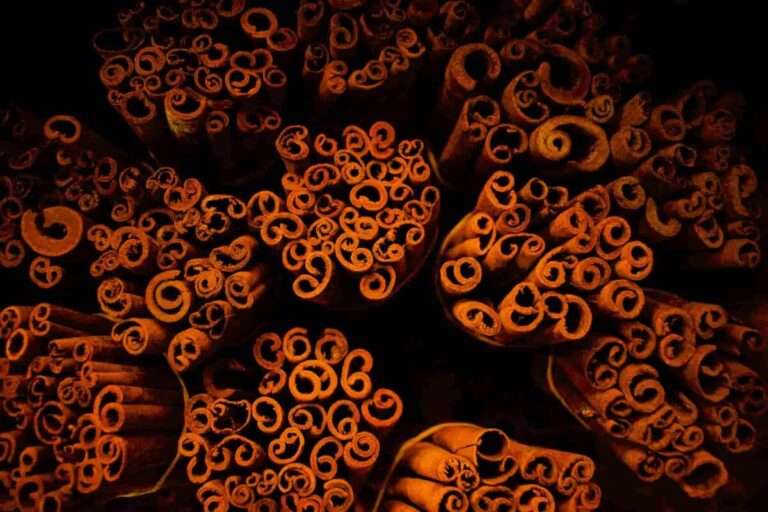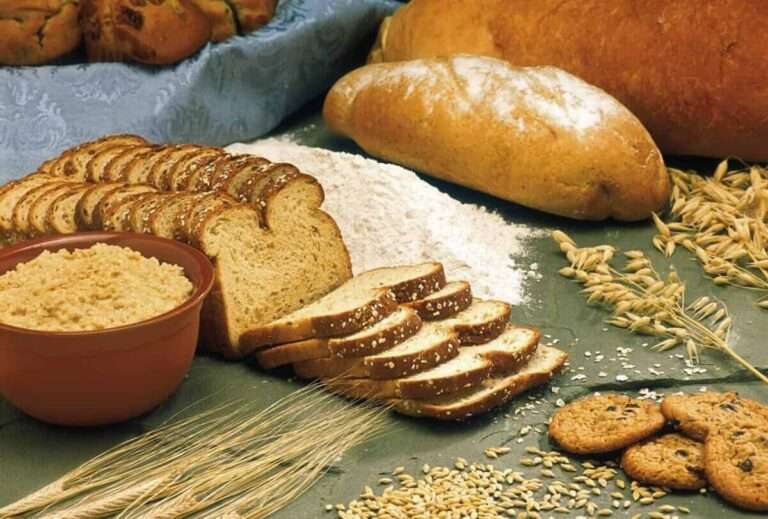Tarragon 101- kitchen insights and benefits
Did you know that the word “tarragon” originates from the Persian word “tarkhun,” which literally means “small dragon”?
- The formidable flavour of this plant, as well as the serpentine look of its root system, are the sources of the plant’s name. Tarragon is a leafy herb that is also known as Estragon, Herbe au Dragon, and Dragon Herb. The term “Dragon” comes from the Latin word for the plant, which refers to a dragon. Because of the twisted and winding growth pattern of the plant’s roots, the herb was given the name Dracunculus, which approximately translates to mean “little dragon.”
- The herb tarragon, which is also referred to as Estragon in French, is popularly referred to as the “King of Herbs.” The flavour of fresh tarragon, which is similar to that of licorice, is one of the most popular herbs used in French cooking. It is also one of the most often used herbs. The cultivation of this plant is widespread throughout the nation, and it is offered in fresh bunches that are tied together at local markets for use in soups, sauces, roasted meat dishes, and vegetable preparations. In the luxurious cuisine known as poulet à l’estragon, which is prepared in a single pan and consists of chicken thighs that have been cooked in white wine and then combined with a cream and tarragon sauce, tarragon is one of the distinctive components.
- In addition, the aromatic herb is a main component of the Béarnaise sauce, which is a mixture of butter, egg yolks, vinegar, shallots, and tarragon. In the year 1836, Chef Jules Collinet came up with the idea for the Béarnaise sauce, which was called after the area of Béarn in France, which is the place where the renowned king Henri IV was born. At the grand inauguration of the Le Pavillion Henri IV restaurant, the Béarnaise sauce was shown to the public for the first time. Since then, it has swiftly become a standard sauce for meats that are grilled or broiled.
- Trarragon is the source of the chemical known as eugenol. The dental field makes extensive use of its anaesthetic (which causes anaesthesia) and antiseptic (which stops the development of germs) qualities.
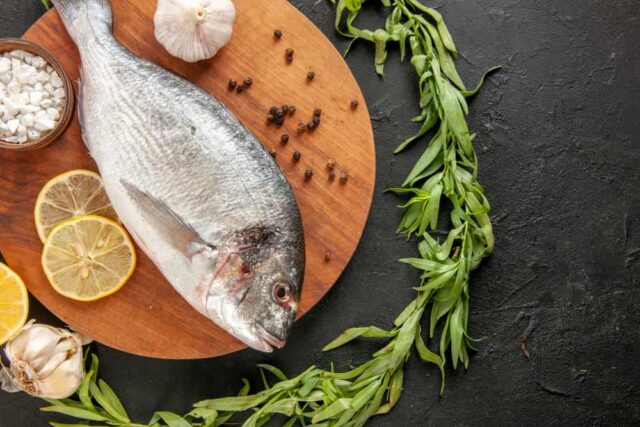
Tarragon nutrition values and health benefits
- Tarragon is rich in a variety of vitamins and minerals. Tarragon contains a number of different vitamins, including vitamin A, vitamin C, vitamin B6, and folate. There are a few trace levels of sodium, zinc, manganese, and selenium in tarragon, in addition to the minerals calcium, iron, magnesium, phosphorus, and potassium. On the other hand, it is essential to keep in mind that the portion size that is normally ingested contains just a negligible quantity of these vitamins.
- Flavonoids are chemicals that have an action similar to that of an antioxidant. Flavonoids present in a high concentration in tarragon include quercetin, kaempferol, luteolin, naringenin, and a number of other flavonoids. The herb extracts of tarragon include phenolic acids, the most prominent of which are chlorogenic acid, caffeic acid, and vanillic acid.
- Research on tarragon demonstrates that it has the ability to act as an anti-inflammatory agent. The extract of tarragon, according to the findings of the researchers, was able to lower the levels of inflammatory cytokines. Immune cells and some other cells are responsible for the secretion of cytokines, which are known to induce inflammation; however, further study is required.
- According to a number of studies, tarragon has the potential to lessen the effects of stress and boost resilience to depression. It is believed by researchers that the antidepressant properties of the plant are due to the presence of phenolic and flavonoid chemicals, such as quercetin, chlorogenic acid, caffeic acid, or luteolin.
- It is important to keep in mind that the majority of the research that is done on tarragon is often carried out using the extract, which is a highly concentrated version of the herb. It is quite unlikely that consuming tarragon as part of your meals would have the same impact.
- To have a genuine allergy to tarragon is unusual. On the other hand, if you are experiencing symptoms that might indicate an allergy or intolerance, it is recommended to see a healthcare expert in order to have an allergy test. Rash, irritation in the mouth, and cough are all symptoms that may indicate an allergy or intolerance to a particular substance.
- Certain groups of people should refrain from consuming tarragon until they have spoken with a medical professional. These groups include women who are pregnant or nursing, patients who have a bleeding issue, those who have an allergy to ragweed, and anybody who is performing surgery within the next two weeks.
100g of tarragon has 295 calories (1234 kJ), 23g of protein, 7g of fat, and 50g of carbs, including 7g of fibre.
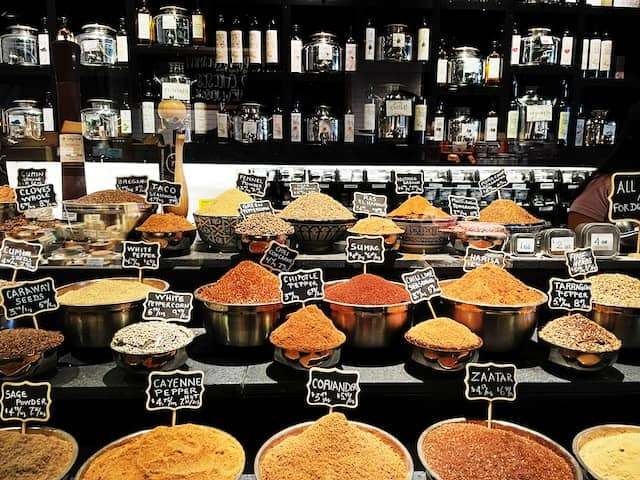
How to store tarragon and how to buy them
- Harvesting tarragon usually takes place in the summer, from May all the way until August. However, buyers may find it all year-round due to its popularity. Keeping tarragon on hand is a good idea for home cooks since it adds flavour to so many different dishes, and it keeps for a long time when dried, much like other herbs.
- Look for tarragon with bright, somewhat verdant leaves when you shop. With other fresh herbs and fruits, it may be obtained in clamshell packets, loose in springs, or dried in sprigs. According to others, tarragon resembles young, verdant grass that emerges from a slender stalk. The leaves are of average length, with a midrib ridge and a tip at the very tip.
- To get the most out of your fresh tarragon, it’s important to know how to store it properly. Some important reasons why proper storage of tarragon is vital are as follows:
- Properly storing fresh tarragon may increase its shelf life, giving you more time to use it in recipes. This way, you won’t have to stress about the herb’s unique flavour going bad too soon, and you may savour it without delay.
- Tarragon is highly prized for its unique aroma, which is similar to licorice and anise. If you know how to store this herb correctly, you may keep its rich flavour and wonderful aroma for years to come. That way, whenever you want, you can give your food a blast of savoury flavour.
- Preserving a bundle of fresh tarragon is of the utmost importance when you purchase it. To get the most out of your herb investment, store it correctly to prevent spoilage. On top of that, you won’t have to constantly go out and buy more whenever you run out.
- In the event that you want to make use of fresh tarragon within the next few days, the refrigerator is an ideal location to preserve these herbs. In order to preserve the herb’s freshness and prevent it from wilting, the refrigerator’s chilly temperature helps to slow down the process. Using the moist paper towel, wrap the tarragon in a loose manner. This prevents the plant from being suffocated while continuing to preserve its hydration. To preserve the tarragon, place it in a container that is airtight or in a plastic bag that can be sealed again. It is recommended that the container be placed in the refrigerator, preferably in the crisper drawer or another cold location where it will not be crushed or damaged.
- Freezing is an excellent choice to consider if you have a lot of fresh tarragon or if you want to keep it for a longer amount of time before using it. You may continue to enjoy the herb even when it is not in season, since freezing helps preserve its flavour and perfume. You will need to make a decision on whether you will freeze the tarragon leaves in their complete sprigs or in smaller pieces. The manner in which you want to use the herb in your upcoming meals will determine this. You should put the tarragon leaves in a container that can be frozen or in a bag that can seal tightly. When attempting to avoid freezer burn, it is imperative that you remove as much air as possible from the packing.
- Additionally, infusing fresh tarragon in oil is a wonderful method for preserving the flavour of the herb. Utilising this technique not only ensures that the herb remains fresh, but it also imparts the oil with the enticing flavour and scent of tarragon herbs. Fill a jar or bottle made of clean glass with the tarragon leaves, being sure to leave some room at the top of the container.
- To ensure that the tarragon leaves are completely submerged, pour the oil of your choice into the container. Some examples of oils are olive oil and avocado oil. To reduce the amount of air that the leaves are exposed to, make sure that they are completely immersed in the oil. Be sure to provide the jar or bottle with a good seal so that no air can get inside and cause it to go bad. Placing the container in a cold, dark location, such as a closet or pantry, is how you should do it. The tarragon that has been infused with oil may be preserved for a number of weeks.
- An excellent method for preserving the flavours of tarragon and producing a condiment that is tart and infused with herbs is to infuse it with vinegar. In addition to serving as a natural preservative, the acidity of the vinegar assists in extracting the essence of the tarragon. Pour the vinegar of your choice into the container, making sure that it thoroughly covers the tarragon leaves. Some examples of vinegars are white wine vinegar and apple cider vinegar. To prevent air from entering the jar or container and causing it to go bad, be sure you seal it firmly. In order to allow the tarragon to infuse in the vinegar for a minimum of two weeks, place the container in a cold and dark location, such as a pantry or closet. As the infusion rests for a longer period of time, its potency will increase.
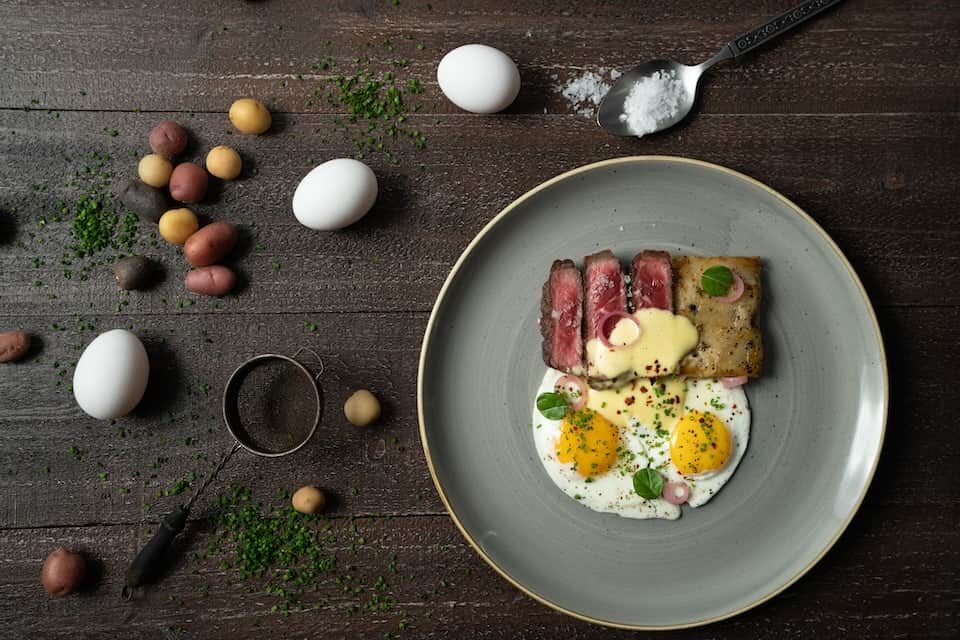
Cooking techniques, secrets, and tips from the kitchen
- Fresh tarragon is a fragrant herb that, when used in excess, can rapidly overshadow a meal. Because of its strong flavour, it is better to use it in moderation in the kitchen. As a result of the more concentrated flavour that dried tarragon has, it is recommended that it be used in a smaller quantity than fresh leaves.
- France tarragon. This particular kind of tarragon is the one that is used in the kitchen the most often since it is the form of the herb that has the greatest flavour. Due to the fact that the blossoms of the French tarragon type are sterile and do not generate seeds, it is also the most difficult and time-consuming kind to cultivate.
- The usage of Russian tarragon in culinary applications is not as prevalent as it might be because of its very mild flavour. This particular kind of tarragon is the most straightforward to cultivate, and as a result, it is the most cost-effective version of the herb.
- Mexican tarragon, also known as Spanish tarragon, Texas tarragon, and Mexican mint marigold, is a less well-known variation of this aromatic herb. It has a flavour that is more anise-rich and is more similar to the flavour of the French variety than it is to the flavour of Russian tarragon.
- Tarragon is very well-liked in the kitchen, particularly in dishes that include chicken, fish, shellfish, butter, and cream, respectively. When combined with the citrusy undertones of the herb, lemon, in both its juice and its zest, is an excellent match. In addition, tarragon is a perfect illustration of how advantageous it is to make use of herbs at various stages throughout the cooking process. In order to impart flavour throughout the whole meal, I prefer to include some chopped tarragon in the dish at an early stage of the cooking process. I then sprinkle a good amount of it on top of the dish just before I serve it. When you do this, you will experience tarragon flavour in a variety of different ways.
- Tarragon is responsible for the majority of the flavour and fragrance that are characteristic of the Béarnaise sauce, which is considered to be one of the best French sauces. It is considered to be a “child sauce” of the hollandaise sauce. In the future, you should give yourself pleasure by preparing a delicious steak and serving it with béarnaise sauce. You are going to be so happy that you accomplished it!
- Parsley, chervil, chives, and (of course) tarragon are all components of the traditional French seasoning mix known as Herbes de Provence. Tarragon is an essential component of this blend, which is a great combination of herbs. If you are unfamiliar with tarragon, you may experiment with using it in the same manner that you would use basil or mint. Even if you want to give a bright and herbaceous touch to a mixture of salad greens, it is a beautiful addition to the mixture.
- If the leaves are boiled for an excessive amount of time, the anise-like flavouring that they have will become harsh. It is possible to use fresh tarragon in a variety of meal preparations, including potato salads, green salads, sandwiches, casseroles, soups, and stews.
- Cooking the leaves in egg dishes like omelettes, frittatas, quiche, and devilled eggs, stirring them into spaghetti, or adding them to marinades, sauces, and dips are all other ways to use them. The delicate flavouring of the herb is complemented by spreads and sauces that have bases of egg, tomato, mayonnaise, or sour cream. Additionally, the leaves may be infused with vinegar to make salad dressings.
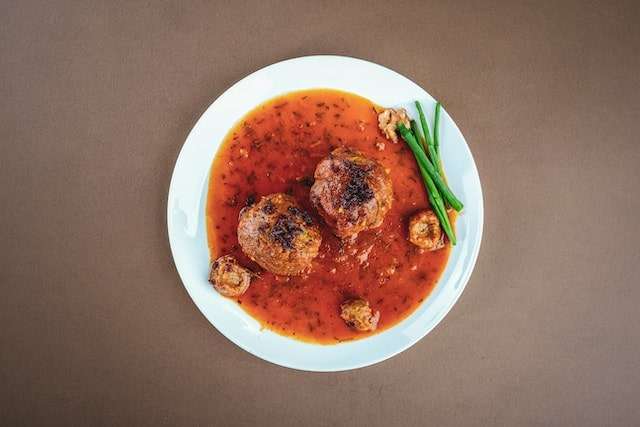
The history of Taragon from the beginning until today
- Experts are of the opinion that tarragon originated in some parts of Mongolia and Siberia and that it moved across Asia and Europe throughout the Early Ages. The leafy herb has been discovered all across the Northern Hemisphere, from North America to Europe to Asia. It is able to quickly integrate itself into the environment in sunny and dry locations all over the globe.
- Ibn al-Baytar, an Arabic botanist who studied in Spain and travelled to North Africa and Syria to collect and write about plants, made reference to tarragon in the 13th century. He was involved in the collection and publishing of plant information. In his writing, he discussed the use of tarragon as a bedtime aid and as a flavouring for vegetables.
- Invading Mongols carried the plant to Italy about the same time, maybe in the 10th century. They took it with them.
- It wasn’t until the 16th century that tarragon became a common ingredient in kitchens throughout Europe.
- The planting of the herb in the United States didn’t begin until the early 19th century.
- The cultivation of tarragon has become widespread around the globe, and it is now available in fresh form at local markets, specialist distributors, and some grocery stores. Dried versions of the plant are also available for purchase from grocery shops and internet vendors.
